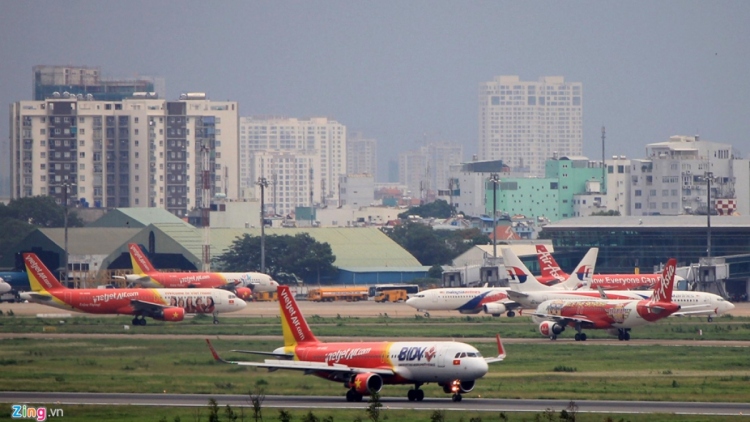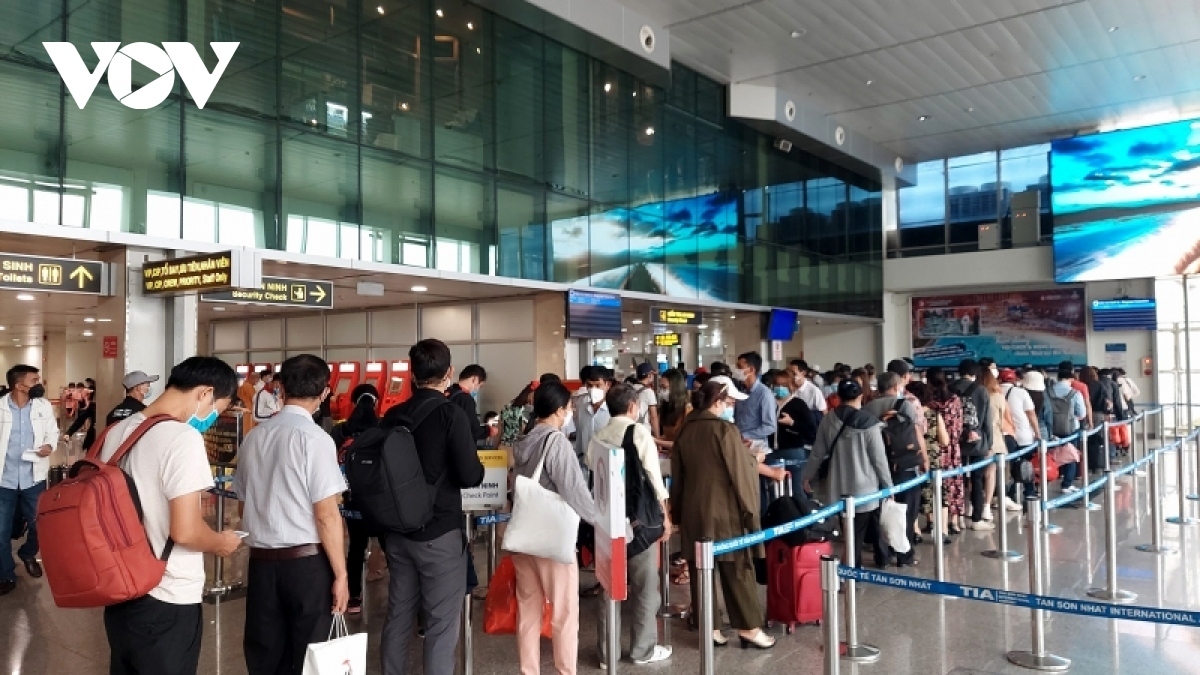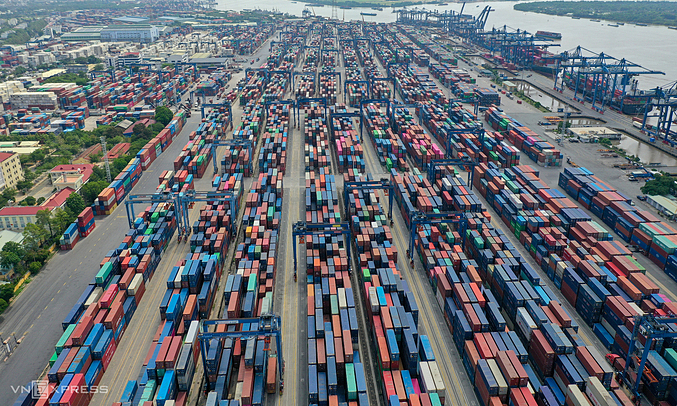Vietnam to have 33 airports by 2050
Deputy Prime Minister Tran Hong Ha has just signed a decision approving a master plan on the development of the national airport system for the 2021 – 2030 period with a vision to 2050.

According to the master plan, by 2050 Vietnam will form two international aviation transport hubs in Hanoi and Ho Chi Minh City on par with regional levels. It will expand and upgrade airports in regional economic centers to meet socio-economic development requirements.
The national airport system will by the time have 33 airports, including 14 international airports, namely Van Don, Hai Phong, Noi Bai, Tho Xuan, Vinh, Phu Bai, Da Nang, Chu Lai, Cam Ranh, Lien Khuong, Long Thanh, Tan Son Nhat, Can Tho and Phu Quoc.
The remaining 19 airports for domestic flights will be Lai Chau, Dien Bien, Sa Pa, Cao Bang, Na San, Cat Bi, Dong Hoi, Quang Tri, Phu Cat, Tuy Hoa, Pleiku, Buon Ma Thuot, Phan Thiet, Rach Gia, Ca Mau, Con Dao, Bien Hoa, Thanh Son and the second airport south of Hanoi capital.

A representative of Vietnam Airlines, the national flag carrier, says building more airports in Vietnam is a must, reasoning that the country is facilitating its economic development, with import-export activities, foreign direct investment, and tourism services making up a large proportion of the economy.
Vietnam currently has 22 airports – a rather modest figure compared to 38 in Malaysia and Thailand and 70 in the Philippines.
Currently, some airports such as Tan Son Nhat, the largest in the south, and Noi Bai, the largest in the north, are overloaded, hindering the development of the aviation industry. Therefore, developing the aviation market commensurate with its potential is the prerequisite for Vietnam to meet its development requirements.
According to experts and airlines, it is necessary to forecast the growth rate of the aviation market to ensure to-be-built airports cannot meet the demand and avoid overcrowding in the future.
Dr. Tran Quang Thang, director of the Institute of Economic Management of Ho Chi Minh City, says the planning should be based on actual needs and development conditions in localities.
A new airport may contribute to creating breakthroughs for the development of the locality and the region, but the airport infrastructure planning must be consistent with the overall development planning of the region and the whole country, he says.










